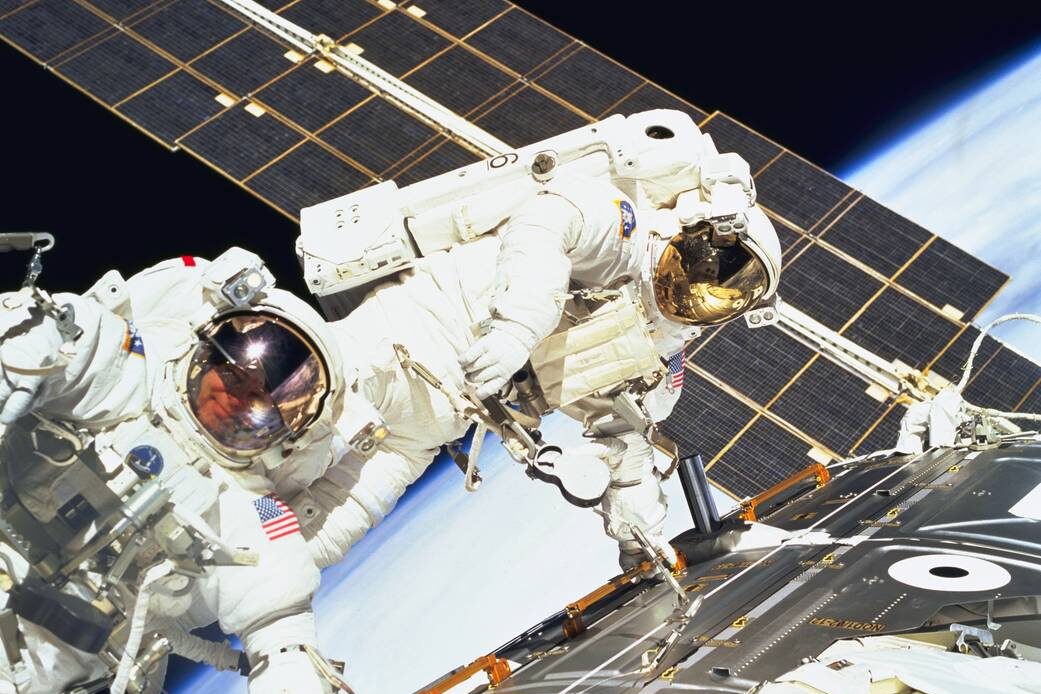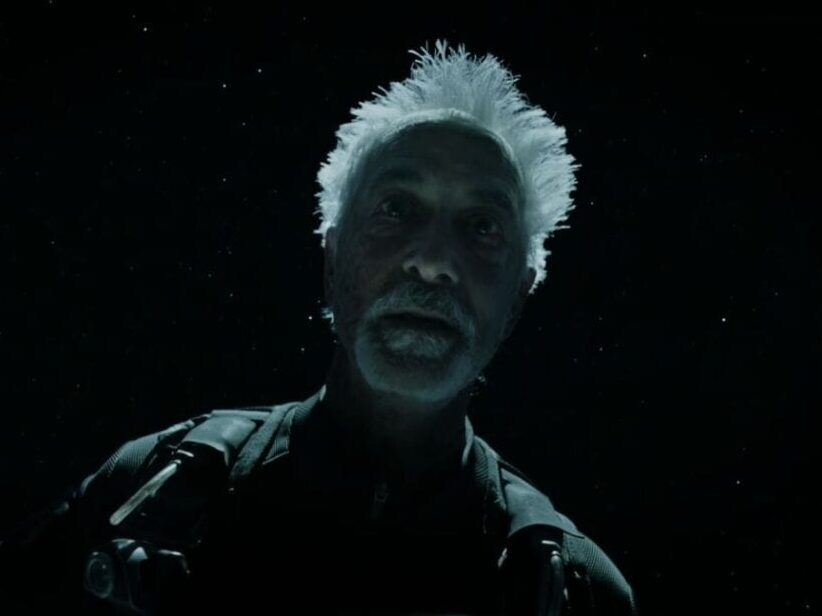Space Is Actually Hot, Don’t Believe The Movies And Memes
This article is more than 2 years old

If you were to believe what you see in movies, then space is cold. Extremely cold. Right, Hollywood? Wrong. Space is often hot. Sometimes it’s even pleasantly warm. Occasionally, however, it is also cold.
Measuring the temperature of space is complicated. In some places the average temperature is 2.7 Kelvin, which equates to roughly a minus 455 degrees Fahrenheit. Yep, that’s just a tad bit chilly. But that temperature is only the temperature of deep space, far away from any sun or solar system.
In our galactic neighborhood, it’s totally different. In a solar system, where everything is bombarded by radiation from the sun, it’s often very hot. In fact the average temperature in orbit around the Earth is actually around 50 degrees Fahrenheit. On Earth that’s the equivalent of a pleasant fall day.
Take for instance the International Space Station. On the Sun-facing side of the ISS, temperatures can rise up to 250 degrees Fahrenheit. Conversely, on the dark side of the space station, temperatures can drop as low as minus 250 degrees Fahrenheit. This is why the space stations use solar panels to keep an even temperature for the station’s astronauts. But the vast change in temperature just on the space station alone, which is located a mere 220 miles above our Earth, shows how quickly things can change in orbit. So, in a sense, Hollywood portrays space as it is some of the time. Just not all of the time.
The Temperature On Planets

In our solar system, everything we know revolves around the sun and the distance from that star. We have nine planets in our solar system, Earth being the third closest. On planets, the temperatures are a little different than they are out in space, since the surface is shielded from some of the Sun’s radiation by atmosphere. Earth’s atmosphere protects us from both the hot and cold extremes of outer space.
You might think that the closer to the Sun a planet gets, the hotter it becomes, and that’s almost correct. Mercury is the closest planet to the Sun and on average, its daily temperature will run 800 degrees Fahrenheit. At night, the temperature plummets to a negative 290 degrees. Venus is the second closest planet to the Sun but it finds the daily temperature reaching highs of 880 degrees. How is it hotter than Mercury? Venus’ dense atmosphere is the cause of such extremes.
Jumping to the opposite end to show where Hollywood gets it right is Pluto, which is located a little over 3.25 billion miles from the Sun (roughly 40 times further away than Earth). Their daily average temperature is a cool minus 388 degrees Fahrenheit. Perhaps it’s the stories that Hollywood prefers to tell, the cold emptiness that is space. Warmth and comfort don’t seem to hold the same weight.
How Humans Survive The Heat Of Space

So, we know about the International Space Station and how it maintains a perfect balance for its inhabitants but what about those who decide to venture outside the station? What about on the moon? To survive, NASA has built two types of spacesuits for astronauts. One is for wearing when inside the spacecraft or space station, the other is built specifically when the astronauts are out and about.
A spacewalk, by NASA’s standards, is called an Extra-Vehicular Activity or EVA, so suits are designed for that purpose. During a spacewalk or moon jaunt, astronauts face many obstacles – dust, radiation, debris, and of course, extreme temperatures. Can you imagine taking a walk in 250 degrees? Or flip it and walk in negative 250 degrees? These suits provide proper pressures for the astronauts so they can maintain a balanced atmosphere while inside their suit. They are given water to drink and oxygen to breathe while the design allows enough mobility for the spacewalker to accomplish any task asked of them.

A few movies get space right, and show it as warm or hot instead of always ice cold. Zathura, Lost in Space, and Armageddon are good examples. For the most part, Hollywood has a tendency to portray it as cold though. So does a lot of pop culture.
Getting space wrong isn’t limited to movies and TV shows. Our memes get it wrong too. Here’s an example of a recent popular meme which gets the temperature situation outside our atmosphere all wrong…
While it is cold out there in the dark sometimes, there’s more to space than the movies and memes you see make it seem.










